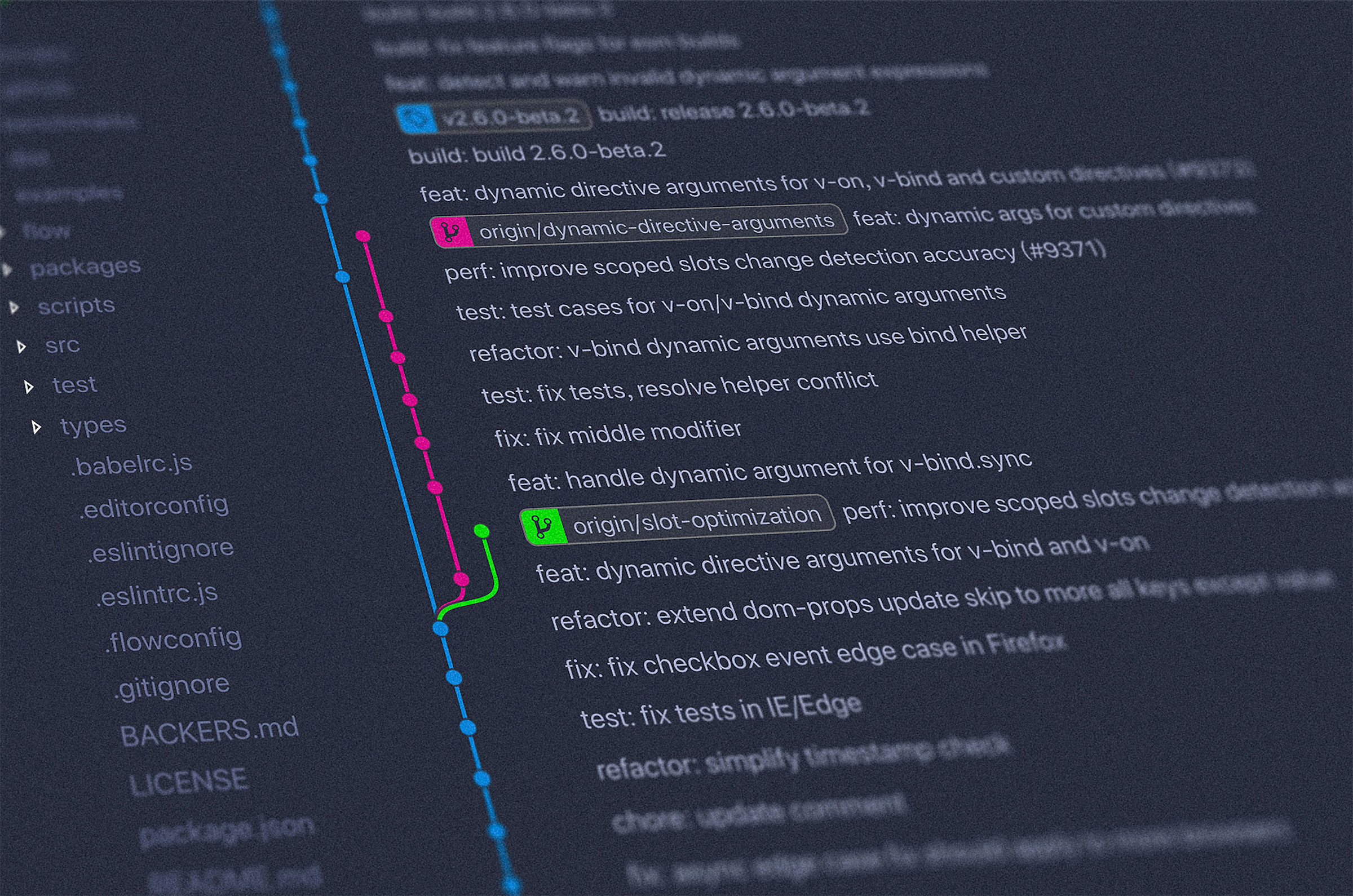Jamstack Development
Pioneering the Future of Web Development with Jamstack

What is Jamstack?
Jamstack is an innovative web development architecture that stands for JavaScript, APIs, and Markup. It is a modern approach to web development that focuses on pre-rendering static pages and content, leveraging client-side JavaScript and APIs to create dynamic interactions. The Jamstack architecture offers several advantages over traditional web development methods, including improved performance, enhanced security, and simplified deployment and scaling processes.
What are the core features of Jamstack?
- Pre-rendered Static Pages: Jamstack sites generate static pages during the build process, which can be easily cached and delivered through Content Delivery Networks (CDNs) for faster performance.
- Decoupled Architecture: Jamstack promotes a decoupled architecture, separating the front-end from the back-end through APIs. This allows developers to work independently on different parts of a project, improving the development process.
- Client-side JavaScript: Jamstack relies on client-side JavaScript to handle dynamic functionality and user interactions, reducing the need for server-side processing and improving overall site performance.
- API-driven Development: Jamstack sites leverage APIs to connect with various services and data sources, providing greater flexibility and modularity in web development projects.
How can Jamstack help your website?
- Faster Performance: By pre-rendering static pages and leveraging CDNs, Jamstack sites offer faster page load times, providing a better user experience and potentially improving search engine rankings.
- Enhanced Security: With the decoupled architecture, Jamstack reduces the attack surface by minimizing server-side code and database interactions, resulting in a more secure web application.
- Simplified Deployment and Scaling: Jamstack sites are easily deployed and scaled using static site hosting services and CDNs, reducing the complexity and cost associated with traditional web hosting.
- Improved Developer Experience: The decoupled and modular nature of Jamstack architecture allows developers to work on different parts of a project independently, using their preferred tools and frameworks, ultimately leading to a more efficient development process.
Popular alternatives to Jamstack
- Traditional Server-Side Rendering (SSR): Websites built using server-side technologies such as PHP, Ruby on Rails, or Python Django render pages on the server, which can result in slower performance and increased security vulnerabilities.
- Single Page Applications (SPAs): Web applications built using client-side JavaScript frameworks like React, Angular, or Vue.js without pre-rendering static content can suffer from slower initial load times and potentially lower search engine visibility.
Pros and Cons of Jamstack versus the main alternatives
Pros:
- Improved performance through static content and CDN delivery.
- Enhanced security due to the decoupled architecture and minimized server-side processing.
- Simplified deployment and scaling processes, resulting in cost savings.
- Better developer experience, allowing for greater flexibility and efficiency.
Cons:
- Potential limitations in dynamic functionality compared to traditional server-side rendering approaches.
- The need for developers to learn and adopt new tools and workflows associated with the Jamstack ecosystem.
Resources
Books on Jamstack Development
Modern Web Applications with Next.JS: Learn Advanced Techniques to Build and Deploy Modern, Scalable and Production Ready React Applications with Next.JS
Written by industry experts, this book delves into modern web development practices, focusing on how Jamstack can improve performance, security, and scalability.
The Jamstack Book: Beyond static sites with JavaScript, APIs, and markup
Offers insights into building websites with Jamstack, including detailed examples and best practices for leveraging headless CMS and APIs for dynamic, scalable sites.
Online Resources
Jamstack.org
The official Jamstack site provides a comprehensive introduction, best practices, and showcases of Jamstack projects. It's the starting point for understanding the principles and advantages of Jamstack development.
Jamstack Conferences
Conferences focusing on the latest in Jamstack development and technologies
Netlify Docs
Netlify is a key platform for deploying Jamstack sites, offering serverless functions, continuous deployment, and more. Their documentation covers everything from basic deployment to advanced features like split testing and edge handlers.
Vercel Documentation
Similar to Netlify, Vercel is another platform for deploying Jamstack and serverless applications, with a focus on Next.js. Their documentation is an excellent resource for learning about deploying and optimizing Jamstack applications.
Egghead.io Jamstack Courses
Egghead offers concise video tutorials on various Jamstack topics, from static site generators like Gatsby and Eleventy to using headless CMSs and serverless functions.
FreeCodeCamp
Provides comprehensive tutorials and projects on web development, including Jamstack technologies. Their YouTube channel also has video tutorials covering Jamstack projects.
Smashing Magazine Articles on Jamstack
Smashing Magazine frequently publishes articles and tutorials on Jamstack development, offering insights into best practices, tools, and workflows.
Next.js Documentation
Next.js supports static site generation and server-side rendering, making it a powerful tool for Jamstack development. Their documentation covers everything from setup to advanced features like API routes.
Nuxt.js Documentation
For Vue.js developers, Nuxt.js offers a framework for creating static and server-rendered applications, with extensive documentation on best practices and optimization techniques.
Sanity, Contentful, and Strapi
These headless CMS platforms offer rich documentation on integrating content management into Jamstack projects, providing dynamic content capabilities without sacrificing performance.












































